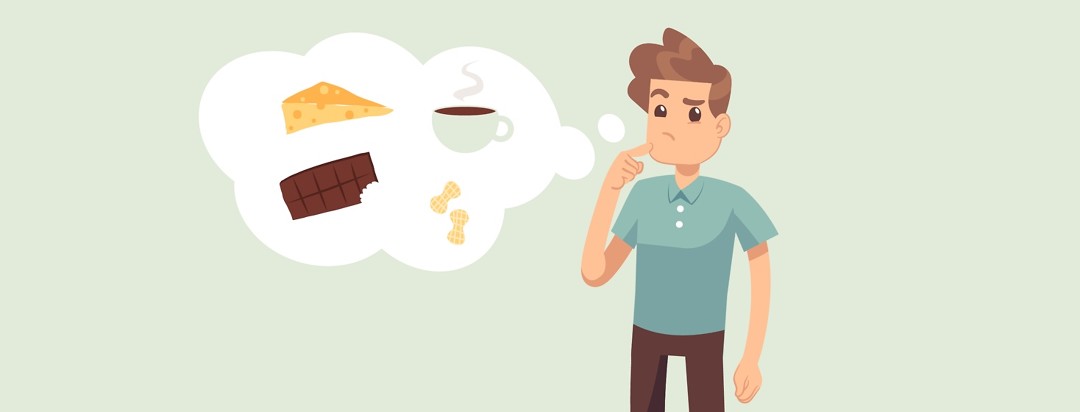When You Don’t Know What’s Triggering Your Migraines
I remember lying in bed as a kid with debilitating migraines as my parents debated if it was time to take me to the emergency room yet again. The pain was excruciating and the vomiting was relentless until I became too dehydrated and weak to walk.
I was a healthy kid, what was causing these migraines to take over my body and my life?
I was on a rainbow of medication – daily prevention and acute rescue medicine – yet the migraines persisted. It wasn’t until my neurologist handed me a paper and said, “Here are some foods that may trigger migraines.”
Finding your food triggers
Wait, what? Why was this just a passing comment? I have been eating many of these foods on a regular basis. Actually, the list looked like an inventory list of the grocery store. What was safe to eat?
Featured Forum
View all responsesMy neurologist unfortunately didn’t have an answer to that question, but it did send me on a quest that ultimately became a game changer in effectively managing my migraines.
First, it’s important to acknowledge that not all migraines are triggered by food. However, certain foods can be a major trigger for many migraine sufferers. So, it’s valuable to explore the possibility of it.
At best, you could find the trigger to your migraines. At worst, you’ll improve your diet and discover some healthy new recipes.
Elimination diet
The easiest way to identify any food triggers is to do an elimination diet. During this time – typically 30 days – you’ll eliminate the biggest food triggers from your diet. The most common culprits are gluten, dairy, alcohol, caffeine, chocolate and artificial sweeteners.
If after 30 days, you’re feeling better you have two options. You could continue eating the way you are and chose to not introduce the foods back in. Or you could reintroduce each food back in one at a time and track your progress to see if one of the foods triggers a migraine for you.
Ask a coach
It’s best to work with a nutrition coach during this process to truly understand what your triggers are but also what your tolerance is for each food. A coach can also help in finding healthy alternatives to the foods you’re eliminating. For example, if you’re eliminating gluten you don’t want to just switch over to gluten free processed foods – it’s super expensive that way and not health supportive. You want to fill your plate with nutrient-dense foods that are going to support your overall health.
If you don’t get results
If you didn’t find the desired relief within the 30 days, you could continue the process for up to three months, as for some people it takes a little longer.
I take many clients through this process and they find tremendous freedom in the process. Again, it’s not a cure for your migraines, but if it can help reduce the frequency and intensity of the migraines – it’s worth it! As we know with migraines, the fewer you get the less likely you are to get another one. So, fewer migraines = more freedom!
Have you tried an elimination diet? If so, were you able to identify your food triggers?

Join the conversation